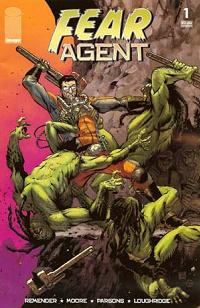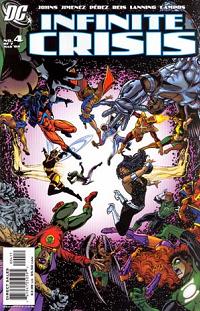Legion of Doom’s Best of 2005- Characters
In the hands of Bendis, there’s no one I enjoy reading more than Matt Murdock. But lately, I’ve gotten a huge kick out of Judd Winick’s characterization of Black Mask. -Jim Doom
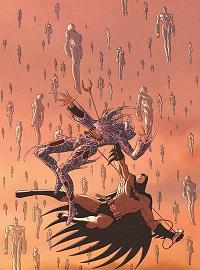 The OMACs. The OMACs were everywhere this year. I don’t think there’s a hero in the DCU that didn’t fight one, and there’s more than a few that were taken out by them. They may not have been the brains behind the Crisis, but the OMACs have caused more chaos in than anyone else involved. For my money, there’s few villains better than swarms of mindles killing machines (which might explain why I like zombies so much). -Fin Fang Doom
The OMACs. The OMACs were everywhere this year. I don’t think there’s a hero in the DCU that didn’t fight one, and there’s more than a few that were taken out by them. They may not have been the brains behind the Crisis, but the OMACs have caused more chaos in than anyone else involved. For my money, there’s few villains better than swarms of mindles killing machines (which might explain why I like zombies so much). -Fin Fang Doom
Batman. It was a close call with Captain Ameirca. But Bats also endured the return of a former pal in villainous form. On top of that, he beat a city of clay monsters and took a major role in the Crisis. -Jean-Claude Van Doom
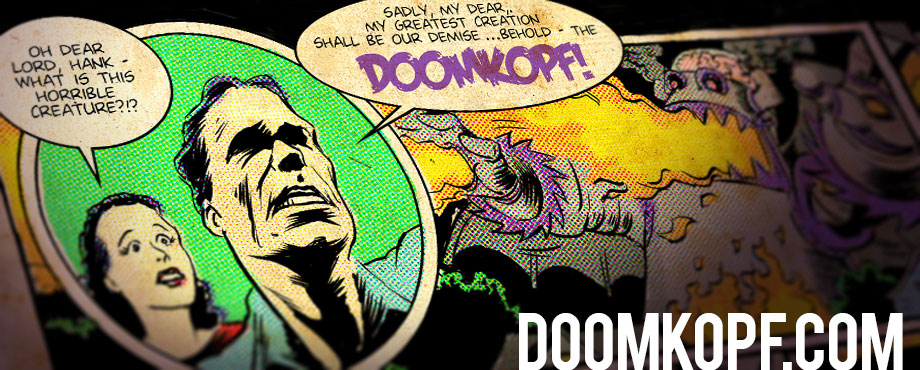
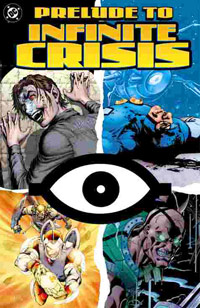
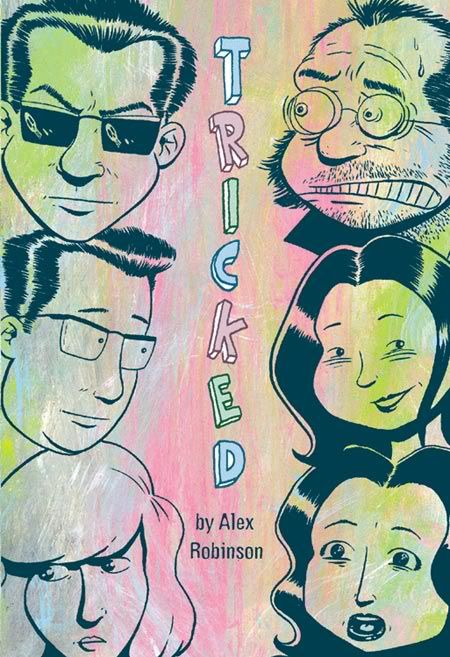 I don’t read reviews so my only impression about how the book is received is from e-mail and when I go to shows, so I guess people are too polite to say anything. I did get one e-mail from someone who didn’t like the book.
I don’t read reviews so my only impression about how the book is received is from e-mail and when I go to shows, so I guess people are too polite to say anything. I did get one e-mail from someone who didn’t like the book. AR – That is something I like to examine. One of the things I thought was interesting was that, when BOX OFFICE POISON was serialized, everyone said they either loved to hate Dorothy or just plain hated her. Maybe it’s just the way people are conditioned, that there has to be a bad guy in the story, but I never really saw her as a bad guy. She had her problems, as we all do but I don’t think she’s genuinely bad. The only two real one dimensional villains in the book I can think of offhand are LeBlanc, the publisher of Zoom Comics (though I could’ve easily told the story from his point of view and made him more sympathetic–but somebody has to be the bad guy!–and Mako, who murders someone in cold blood.
AR – That is something I like to examine. One of the things I thought was interesting was that, when BOX OFFICE POISON was serialized, everyone said they either loved to hate Dorothy or just plain hated her. Maybe it’s just the way people are conditioned, that there has to be a bad guy in the story, but I never really saw her as a bad guy. She had her problems, as we all do but I don’t think she’s genuinely bad. The only two real one dimensional villains in the book I can think of offhand are LeBlanc, the publisher of Zoom Comics (though I could’ve easily told the story from his point of view and made him more sympathetic–but somebody has to be the bad guy!–and Mako, who murders someone in cold blood.

